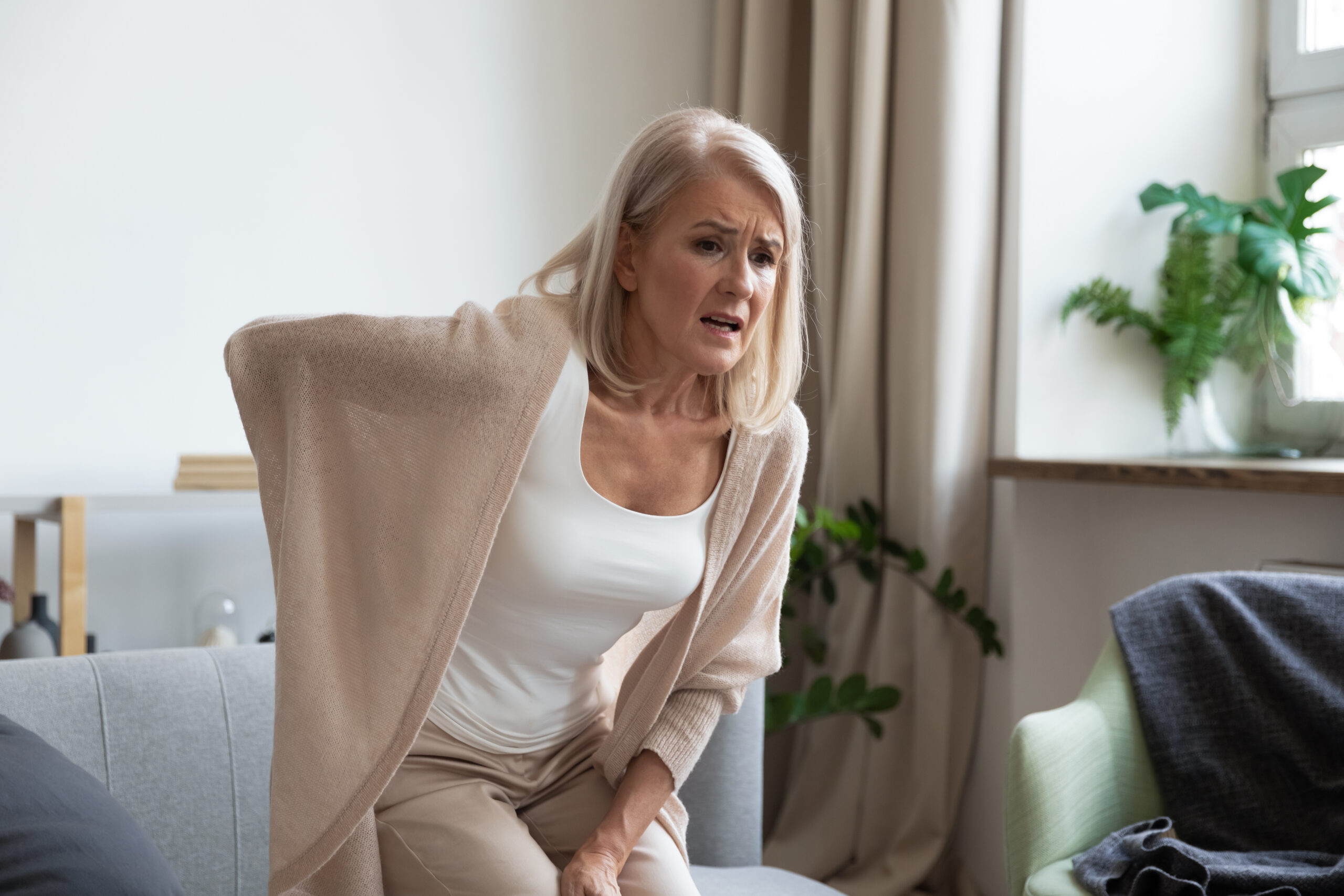by Caitlin O’Donnell
When we think of reasons to aim for a healthier lifestyle, we often think about our heart health, blood pressure, longevity, etc. We rarely think about our bone health. Sadly, 44 million Americans have low bone density. Aside from those 44 million, another 10 million have osteoporosis, a disease that makes bones weaker and easier to break.
What is it?
When bone tissue does not regenerate as quickly as it breaks down, bones become weaker and more brittle. A healthy bone has small holes inside it, similar to a sponge or honeycomb. Osteoporosis causes more of these holes and increases their size, weakening the inside and shell of the bone.
Doctors call osteoporosis the “silent killer” because most people do not know they have it until they break a bone. Many people with low bone density have misdiagnosed fractures, as well. The hips, wrists and vertebrae are most commonly injured since they are weight-bearing and often bear the brunt of falls. However, even usually harmless things, like coughing, can cause a fracture or break when the disease is severe.
Who is at risk?
Age is a key factor in osteoporosis development. Bones reach their peak mass around age 30, and their mass decreases from there. Those who have broken a bone after age 50 are especially likely to develop osteoporosis. Changes in hormones as people age also impact their bone density. Other risk factors include:
- Being female.
- Having a small frame or weighing less than 125 lbs.
- Eating disorders, arthritis, inflammatory bowel disease, liver disease, kidney failure.
- Family history.
- Taking certain medications. Consult a doctor or pharmacist to see if your medication may impact bone density.
- Undergoing bariatric surgery.
How can it be prevented?
Several healthy lifestyle changes can decrease a person’s chances of developing osteoporosis.
- Have your bone density tested regularly. If your bone density is getting low, you can take action to keep it from getting worse and turning into osteoporosis.
- Calcium strengthens bones and is an integral part of their structure. Enjoy more low-fat dairy products, fish, whole grains, leafy green vegetables and fortified juices to ensure you are getting enough calcium.
- Vitamin D helps the body absorb calcium. Fish, fortified juices, fortified milks (dairy, almond, soy, etc.,) egg yolks and beef liver are good sources of vitamin D. You can also absorb vitamin D through sunlight.
- Protein-rich foods, like meat, eggs, beans, nuts and seeds, help build and maintain bones.
- Weight-bearing aerobic exercises can help reduce mineral loss in your legs, hips and spine. Some good options include dancing, gardening, strength training, walking, hiking, tennis, jogging, using elliptical machines and climbing stairs.
- Avoid smoking. Tobacco impacts the body’s ability to regenerate bones in several ways. It can limit the blood and oxygen the bones receive and make it more difficult to absorb calcium.
- Drink only in moderation. Excess alcohol can impact your bones’ growth and regeneration.
- Take steps to prevent falls. These steps could include buying a non-slip shower mat, removing any loose rugs, moving anything that you might trip on or eliminating any other fall hazards in your home. If you struggle with maintaining your balance, do muscle-strengthening exercises or work with a physical therapist to improve it.
- Talk to your doctor. Some medications may impact bone density.








Leave A Comment